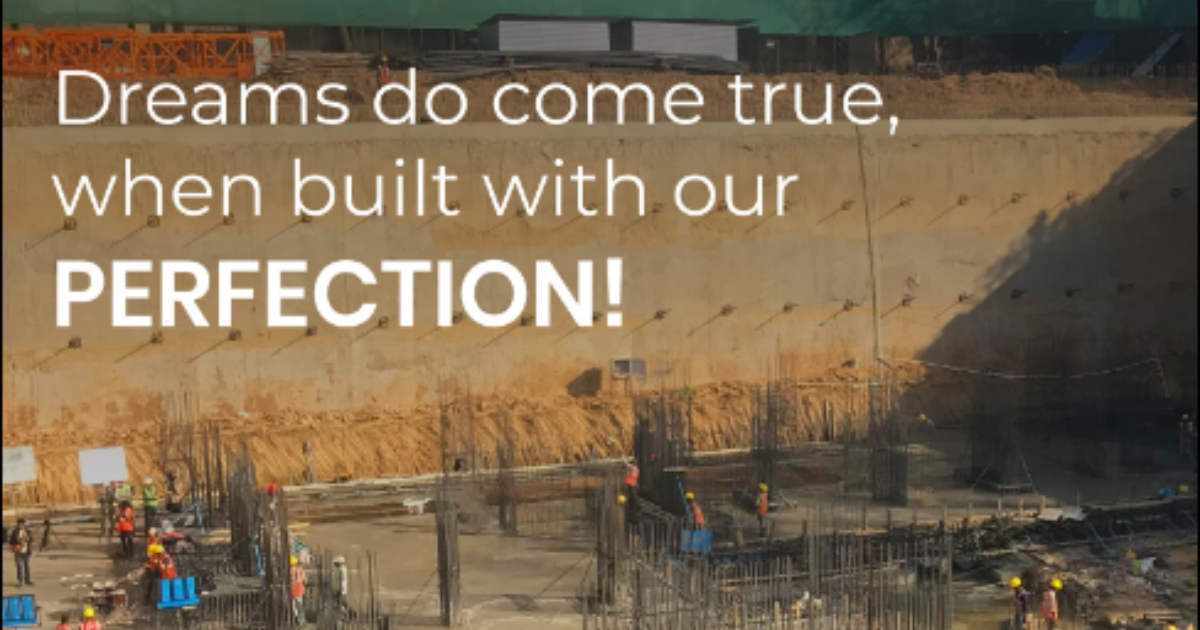In the realm of civil engineering, D-Wall technology stands as a beacon of innovation, offering a versatile and robust solution to a myriad of construction challenges. From foundation support to waterfront developments, D-Walls, also known as diaphragm walls, have become integral components in the construction of resilient and sustainable infrastructure. In this comprehensive guide, we will delve into the intricacies of D-Wall technology, exploring its techniques, applications, and benefits while incorporating our keyword, “D-Wall,” strategically throughout.
Understanding the Technology
D-Wall, short for diaphragm wall, refers to a structural system used in civil engineering to create deep, vertical walls that provide support and stability to various types of structures. These walls are typically constructed below ground level using specialized excavation techniques and reinforcement methods.
Techniques for Diaphragm wall Construction
Slurry Trenching: Slurry trenching is a commonly used method for constructing Diaphragm walls. It involves excavating a trench while simultaneously filling it with a stabilizing slurry to support the surrounding soil. Once the trench is excavated to the desired depth, reinforcing steel bars are inserted, and concrete is poured into the trench, displacing the slurry and forming the wall.
Cutter Soil Mixing: Cutter soil mixing is another technique employed in Diaphragm wall construction. This method involves using rotating cutter wheels to mix soil with cement slurry, creating a stable wall. The process is highly efficient and minimizes environmental impact by reducing the need for excavation and disposal of soil.
Grab Excavation: Grab excavation is a method used to construct Diaphragm Walls in congested urban areas where space is limited. Hydraulic grabs are used to excavate individual panels of the wall with precision, minimizing disruption to surrounding structures and utilities.
Applications of D-Walls
The versatility of Diaphragm Walls makes them suitable for a wide range of applications in civil engineering:
Foundation Support: Diaphragm Walls provide essential support for buildings and infrastructure projects, preventing soil movement and settlement.
Tunneling and Underground Structures: Diaphragm Walls are used to create structural support for tunnels and underground chambers, ensuring stability and safety.
Waterfront Developments: Diaphragm Walls play a crucial role in waterfront developments, protecting against erosion and providing a barrier against flooding.
Benefits of D-Wall Technology
Strength and Stability: Diaphragm Walls are known for their strength and stability, making them ideal for supporting heavy loads and resisting external forces.
Versatility: Diaphragm Walls can be customized to suit various project requirements, including size, depth, and reinforcement specifications.
Environmental Sustainability: D-Wall construction techniques, such as cutter soil mixing, minimize environmental impact by reducing excavation and soil disposal.
Implementing D-Wall Technology: Best Practices
Thorough Planning: Proper planning is essential for the successful implementation of D-Wall technology. This includes site investigation, design optimization, and construction sequencing.
Quality Control: Strict quality control measures should be implemented throughout the construction process to ensure the integrity and performance
Collaboration: Effective communication and collaboration between project stakeholders, including engineers, contractors, and designers, are crucial for the seamless execution of the projects.
Conclusion
In conclusion, D-Wall technology represents a significant advancement in civil engineering, offering a versatile and reliable solution for a wide range of construction projects. By understanding the techniques, applications, and benefits of D-Walls, engineers can harness the full potential of this technology to create resilient and sustainable infrastructure for generations to come.
Whether supporting towering skyscrapers or safeguarding coastal communities, D-Walls continue to shape the landscape of modern construction, providing strength, stability, and peace of mind.
Hindustan Diaphragm wall, a leader in modern construction practices, has revolutionized the industry with its unparalleled strength, versatility, and durability. From towering skyscrapers to intricate underground tunnels, diaphragm walls have become indispensable elements in shaping the urban landscape. Hindustan D-wall’s innovative solutions provide robust foundation support, enabling the construction of tall buildings and large structures with confidence.







